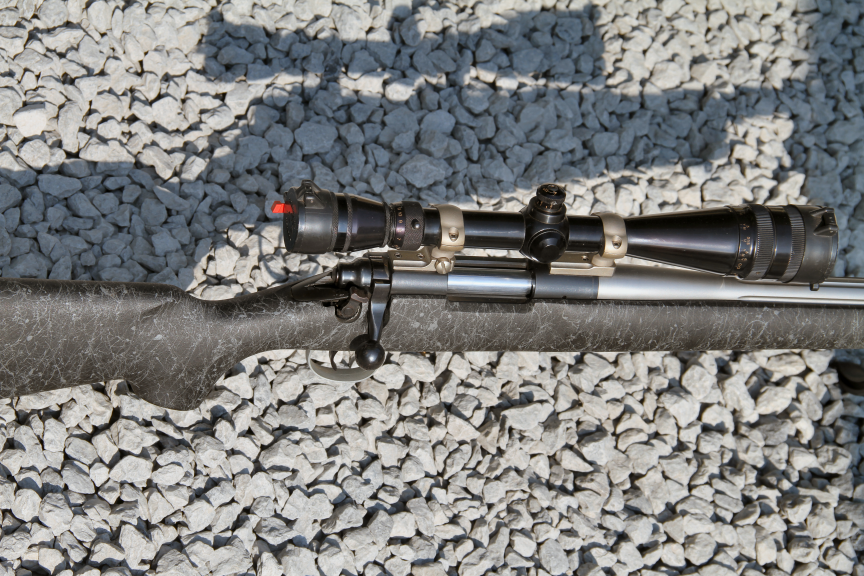Assume two identical barrel contours,one fluted,one not.
For the moment,lets consider heating and cooling as separate processes.
For the process of rapid fire heating up,the unfluted barrel will heat up more slowly because it has more mass.
The heat from 100 rounds over a given time will heat a 4 lb barrel hotter than a 5 lb barrel.
However,cooling IS part of the equation.A fluted barrel ,with more surface area will cool somewhat quicker.
Testing is the proof,of course,but with the common fluted sporting barrel I don't think you will see a dramatic change in cooling rate.
Just a guess on my part,I suspect over the course of shooting a string of 10 or 30 rounds the heavier barrel mass will moderate temp more than the accelerated cooling of a fluted barrel.
I suspect the reason the ridges felt hotter than the valleys is that your skin had more contact pressure on the ridges,so the heat transfer was more rapid.
But I could be wrong.


